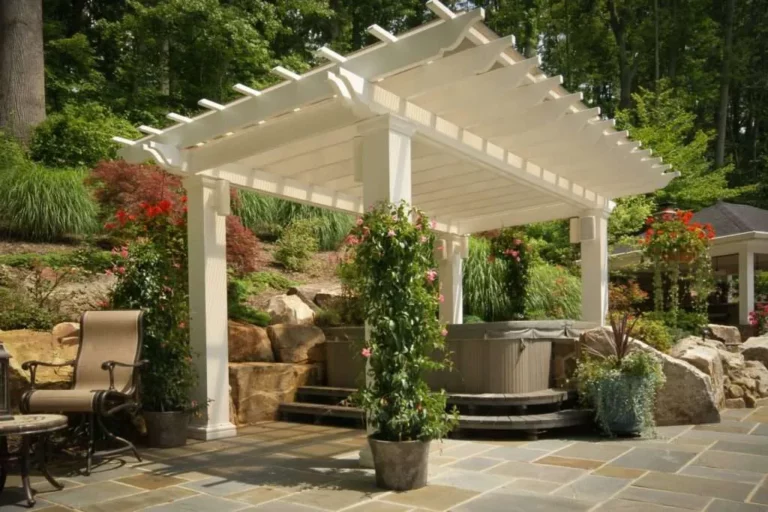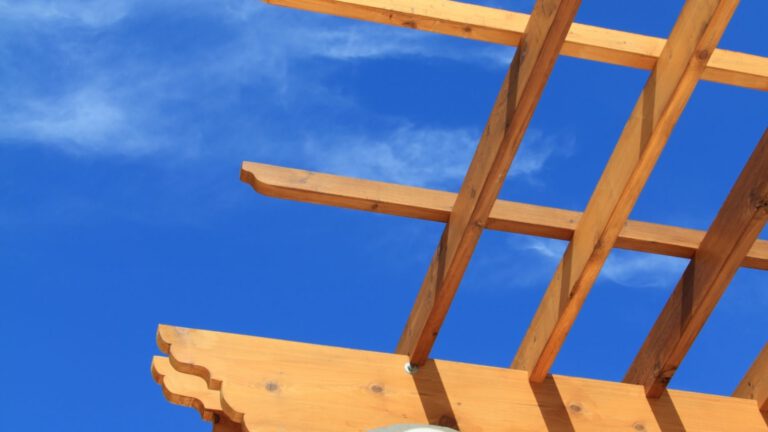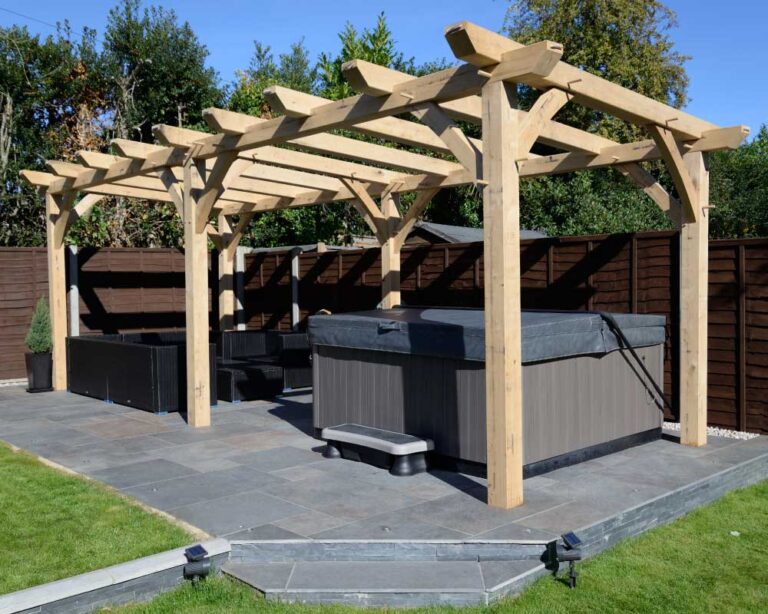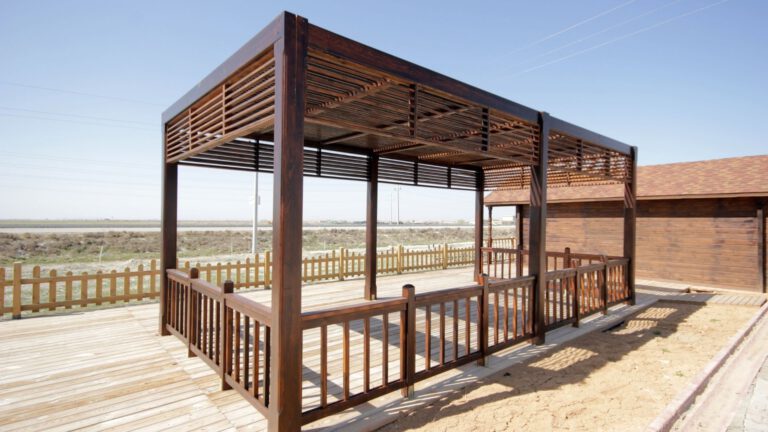Pergolas Seattle: Pergola Maintenance Tips
In the beautiful city of Seattle, where lush greenery and temperate weather create the perfect setting for outdoor living, pergolas have become a popular addition to many homes. These elegant outdoor structures not only provide shade and visual appeal but also add functionality to your outdoor space. However, like any other outdoor feature, pergolas require regular maintenance to keep them looking their best and functioning properly. In this blog, we’ll explore essential pergola maintenance tips to ensure your pergola stands the test of time.
1. Cleaning Your Pergola
Regular cleaning is a fundamental part of pergola maintenance. Seattle’s damp climate can lead to moss, algae, and mildew growth on the surface of your pergola. To clean it effectively:
- Begin by removing any loose debris like leaves, twigs, and dirt using a broom or a leaf blower.
- Mix warm water and mild detergent in a bucket. Avoid using harsh chemicals, as they can damage the wood or other materials.
- Dip a soft-bristle brush or a sponge into the soapy water and gently scrub the pergola’s surface, paying extra attention to areas with visible stains or growth.
- Rinse thoroughly with a garden hose or a pressure washer set to a low setting. Be cautious with pressure washing, as too much pressure can damage the wood or other materials.
- Allow the pergola to air dry completely before applying any protective treatments.
Regular cleaning not only keeps your pergola looking pristine but also helps prevent the growth of mold and mildew, which can be harmful to the structure.
2. Inspection and Repairs
Regular inspection of your pergola is crucial to identify any issues early and address them promptly. Seattle’s climate can be tough on outdoor structures, so it’s essential to check for signs of wear and tear, such as:
- Loose or missing fasteners, screws, or bolts.
- Cracks splits, or warping in the wood or other materials
- Rot or decay in wooden components, particularly in areas that are in direct contact with the ground,
- Signs of pest infestations, such as termites or carpenter ants.
- Damage to the canopy or roofing material, if applicable
If you notice any of these issues during your inspection, it’s essential to schedule repairs promptly. Hire a professional to address structural issues or replace damaged components, ensuring the safety and integrity of your pergola.
3. Staining and Sealing
In Seattle’s damp climate, protecting your pergola from moisture is essential to prevent rot and decay. Staining and sealing your pergola can help maintain its appearance and structural integrity.
- Start by sanding any rough or weathered areas to prepare the surface for staining.
- Choose a high-quality exterior wood stain that suits your pergola’s wood type and desired color.
- Apply the stain evenly using a paintbrush, roller, or sprayer, following the manufacturer’s instructions. Ensure complete coverage, paying attention to cracks and crevices.
- Allow the stain to dry for the recommended time before applying a clear, waterproof sealant. The sealant helps protect the wood from moisture and UV damage.
- Reapply stain and sealant as needed, typically every 2–3 years or as recommended by the product manufacturer.
Staining and sealing not only enhance the appearance of your pergola but also extend its lifespan by shielding it from the elements.
4. Pruning and Plant Maintenance
If your pergola is adorned with climbing plants or vines, regular pruning and maintenance are essential. Overgrown vegetation can lead to several issues, including:
- Excess weight can strain the pergola’s structure.
- Reduced airflow and light can promote the growth of mold and mildew.
- Damage to the pergola’s surface, as plant growth can cause wear and tear.
To maintain healthy and well-manicured plants on your pergola:
- Prune regularly to control growth and remove dead or damaged branches.
- Train climbing plants to grow within the designated areas of the pergola.
- Remove any invasive plants or vines that may be encroaching on the structure.
Pruning and plant maintenance not only keep your pergola looking neat and well-kept but also help prevent potential structural damage.
5. Seasonal Maintenance
Seattle experiences distinct seasons, each with its own set of challenges for outdoor structures like pergolas. To ensure year-round durability and functionality, consider these seasonal maintenance tasks:
- Fall: Clear fallen leaves and debris to prevent moisture buildup. Check for any loose or damaged components after heavy rains or storms.
- Winter: Remove snow accumulation from the pergola’s roof, if applicable. Snow can be heavy and cause damage if left unchecked.
- Spring: Conduct a thorough inspection after winter to identify any damage or issues that may have occurred during the colder months. Clean and prepare the pergola for the upcoming spring and summer seasons.
- Summer: Regularly clean and inspect your pergola to address any wear and tear from increased outdoor activity during the warmer months.
By incorporating these seasonal maintenance tasks into your routine, you can keep your pergola in top condition throughout the year.
In conclusion, maintaining your pergola in Seattle is essential to protecting its beauty and functionality in the face of the city’s unique climate challenges. Regular cleaning, inspections, staining and sealing, pruning and plant maintenance, and seasonal upkeep are all vital components of pergola maintenance. By following these tips and investing in professional repairs when necessary, you can ensure that your pergola remains a beautiful and durable addition to your outdoor space for years to come.
Pergolas Seattle https://www.pergolaseattle.com/





